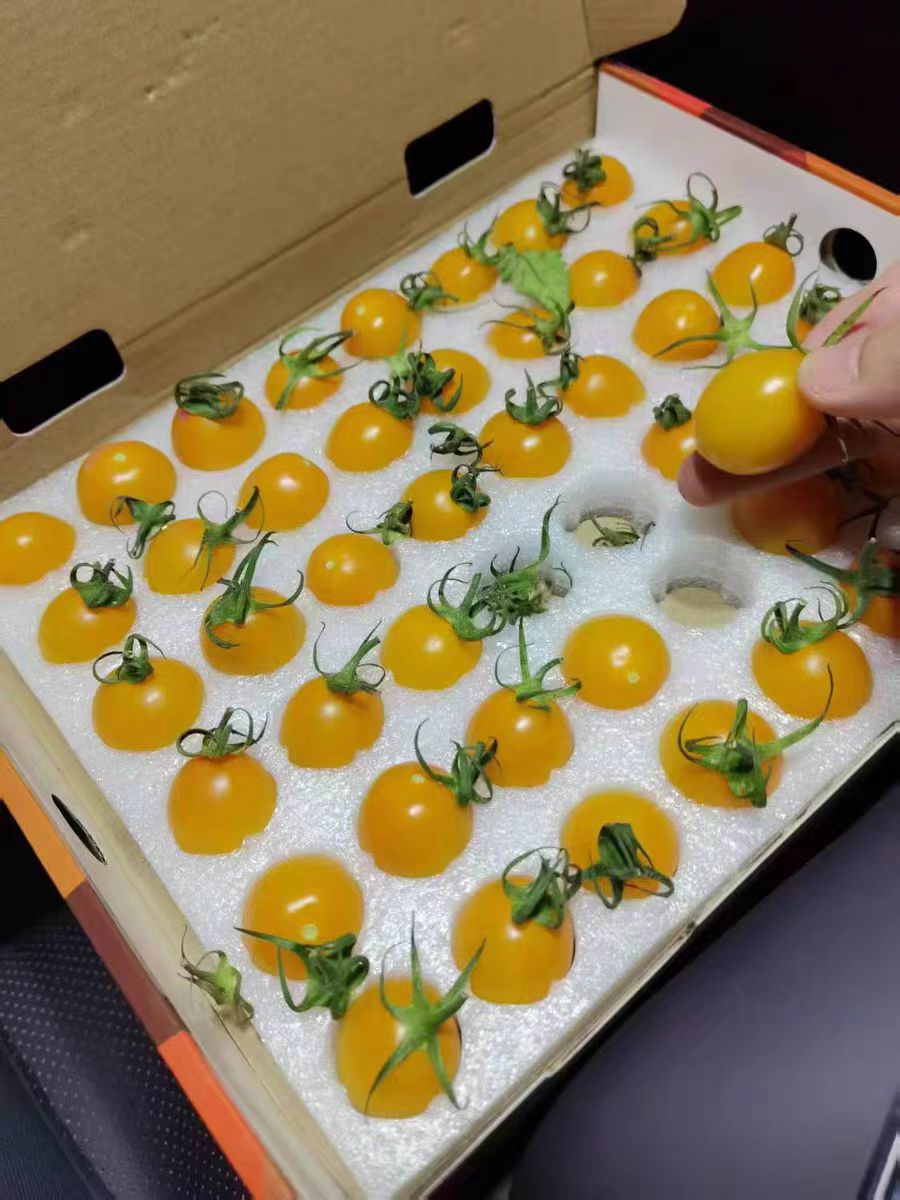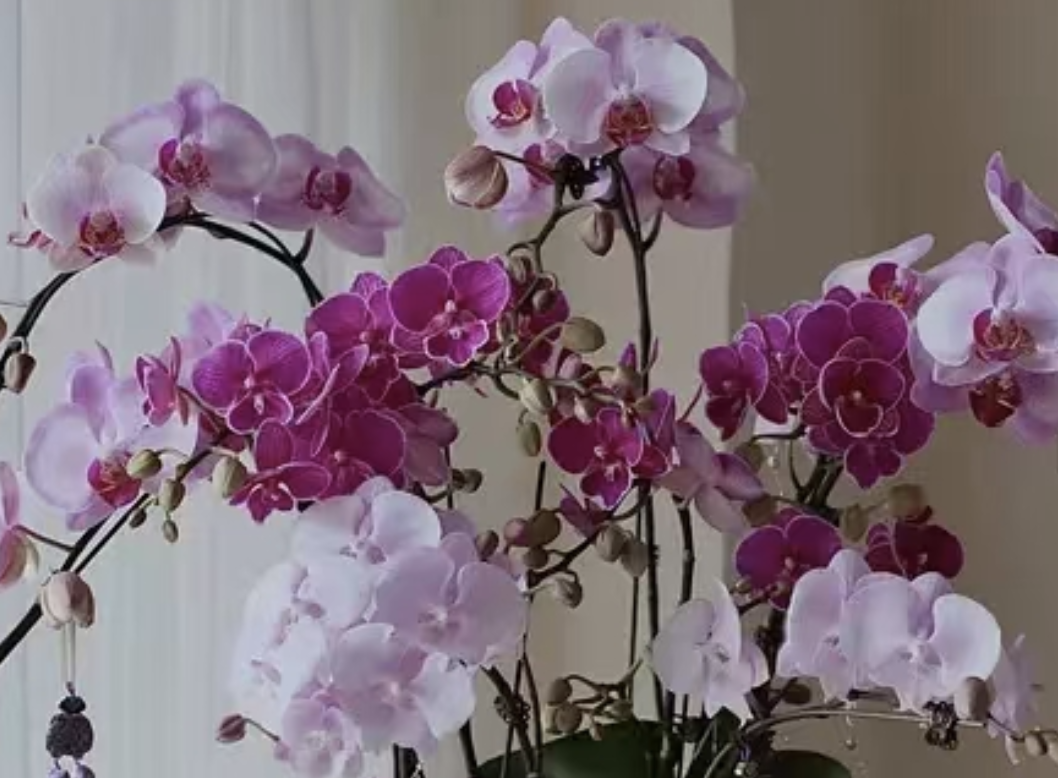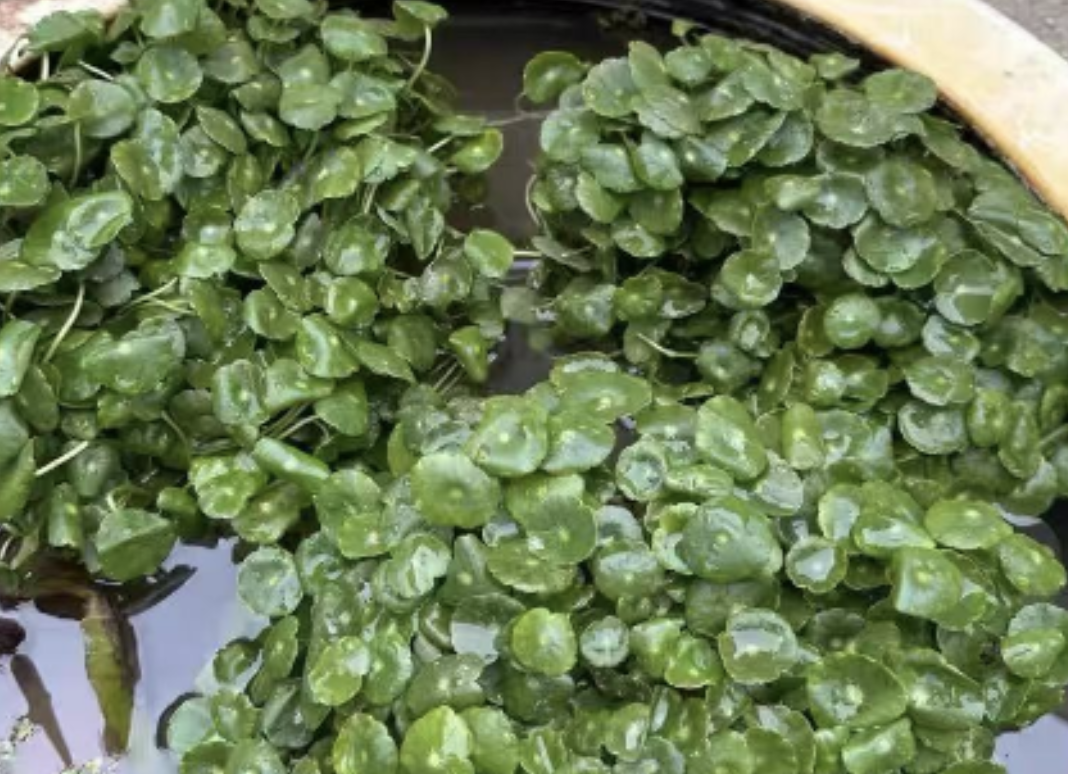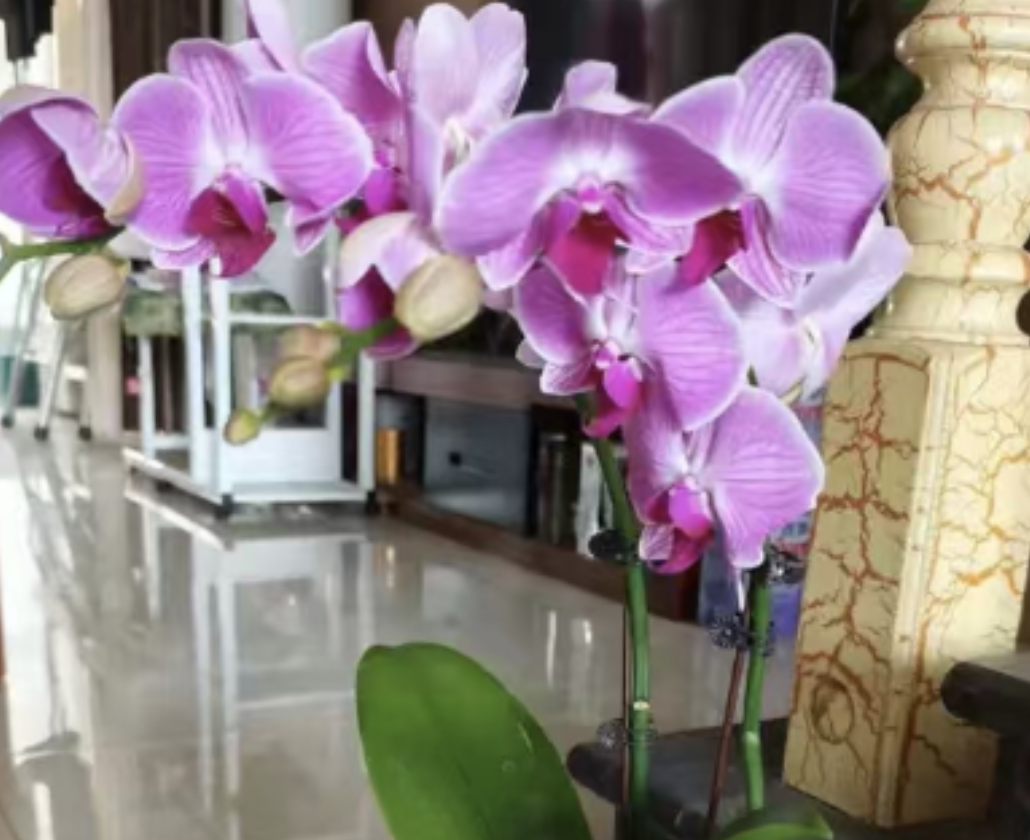The 'Queen Mango' cherry tomatoes are cultivated in many regions across China. For example, in Hengli Town, Nansha District, Guangzhou, collaborative planting with enterprises over recent years has gradually formed a large-scale cultivation area. In Jinwan, Zhuhai, there is a demonstration base where the soil is rich in minerals, irrigated by mountain spring water, and protected by greenhouses, resulting in exceptionally high-quality fruits. The valley sandy lands in Daliangshan, Sichuan, are also ideal for its growth. After several years of cultivation by the local agricultural science institute, the tomatoes there benefit from abundant sunlight and a large temperature difference between day and night, yielding cherries that are exceptionally sweet and uniquely flavored. Jinshan District, Shanghai, has also incorporated this variety into its local tomato planting system, enabling more people to grow it.
Many people wonder if the 'Queen Mango' cherry tomatoes can be grown indoors. The answer is yes, but several aspects need attention:
Lighting: It thrives in sunlight. A south-facing balcony is ideal, ensuring it receives adequate daily sunlight. If natural light is insufficient, specialized plant grow lights can be used as a supplement.
Temperature: It prefers a warm environment, avoiding extreme cold or heat. Protect it from freezing in winter and high temperatures in summer.
Soil: Choose loose, fertile, and well-draining soil. A mixture of (deciduous soil), garden soil, and organic fertilizer is recommended, providing an optimal foundation for root growth.
For containers, select appropriately sized flower pots—typically one plant per pot. As the plant grows tall (similar to requiring supports in greenhouses), install a trellis indoors using bamboo poles or (wire racks) to prevent it from bending or falling over. Indoor ventilation may be limited, so manual pollination is needed during flowering, such as gently shaking the plant or using a soft brush to transfer pollen. Regular pruning is also essential: remove excess lateral branches and yellow leaves to improve air circulation and light penetration, reducing the risk of pests and diseases. After fruiting, apply potassium fertilizer appropriately to enhance fruit yield and sweetness.
When watering, maintain moderate soil moisture—avoid both drought and waterlogging. Water moderately before fruiting, then increase watering as the fruits develop, ensuring consistent moisture without (waterlogging). During the growing period, apply compound fertilizer or organic fertilizer at regular intervals, avoiding excessive nitrogen which can lead to lush foliage but poor fruiting.
In fact, indoor cultivation of these cherry tomatoes can reference general balcony tomato-growing methods, adjusted to their specific characteristics. For example, flexibly adjusting the sowing time can extend the harvest period, allowing long-term enjoyment of homegrown fruits. Additionally, this variety is heat-tolerant, maintaining stable flavor even in high temperatures. With proper summer shading, winter insulation, and meticulous care, it can bear fruit continuously indoors, producing fruits as delicious as those grown outdoors.
Can the 'Queen Mango' cherry tomatoes be grown indoors?

Share with
Tagged in :




Leave a Reply